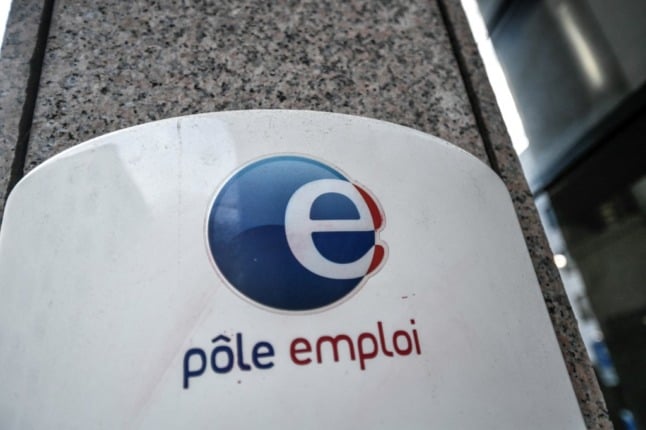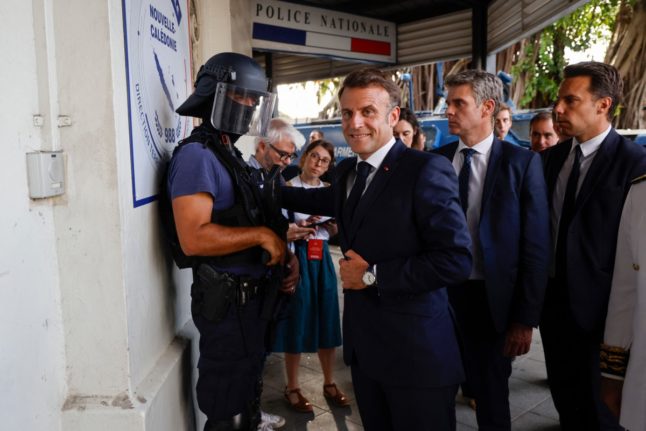French President Emmanuel Macron on Tuesday announced the launch of the Contrat Engagement Jeune (youth commitment contract).
From March 2022, 16-25-year-olds who are unemployed and not in education or training can benefit from the Contrat.
Launching it, Macron wrote to the “young generations” and more specifically to the “lockdown generation,” who for the most part saw their academic situation worsen with the crisis.
The 16-25 year-olds who qualify will have to follow “15 to 20 hours of training courses to discover a job, train, find an apprenticeship or a position,” wrote President Macron.
Those who will benefit from this measure will “receive up to €500 per month”.
However the payment will be conditional on them following recommended courses and accepting positions offered.
The measure is costed at €550 million with the objective to help 500 000 young people in the next two years.
France has for years struggled with high rates of unemployment among young people, although it had been declining between 2016 and 2020. It dropped from 24.9 percent to 20.3 percent for men and from 23.9 percent to 19.9 percent for women between 15 and 24 during that four-year period.
But it slightly increased with the pandemic. According to Eurostat’s data,19.5 percent of young people under 25 were unemployed in March 2021 vs. 19.3 percent in February 2020.
France’s youth unemployment rate remains higher than the EU average – in March 2021, 17.1 percent of EU citizens under 25 were unemployed.



 Please whitelist us to continue reading.
Please whitelist us to continue reading.
Member comments